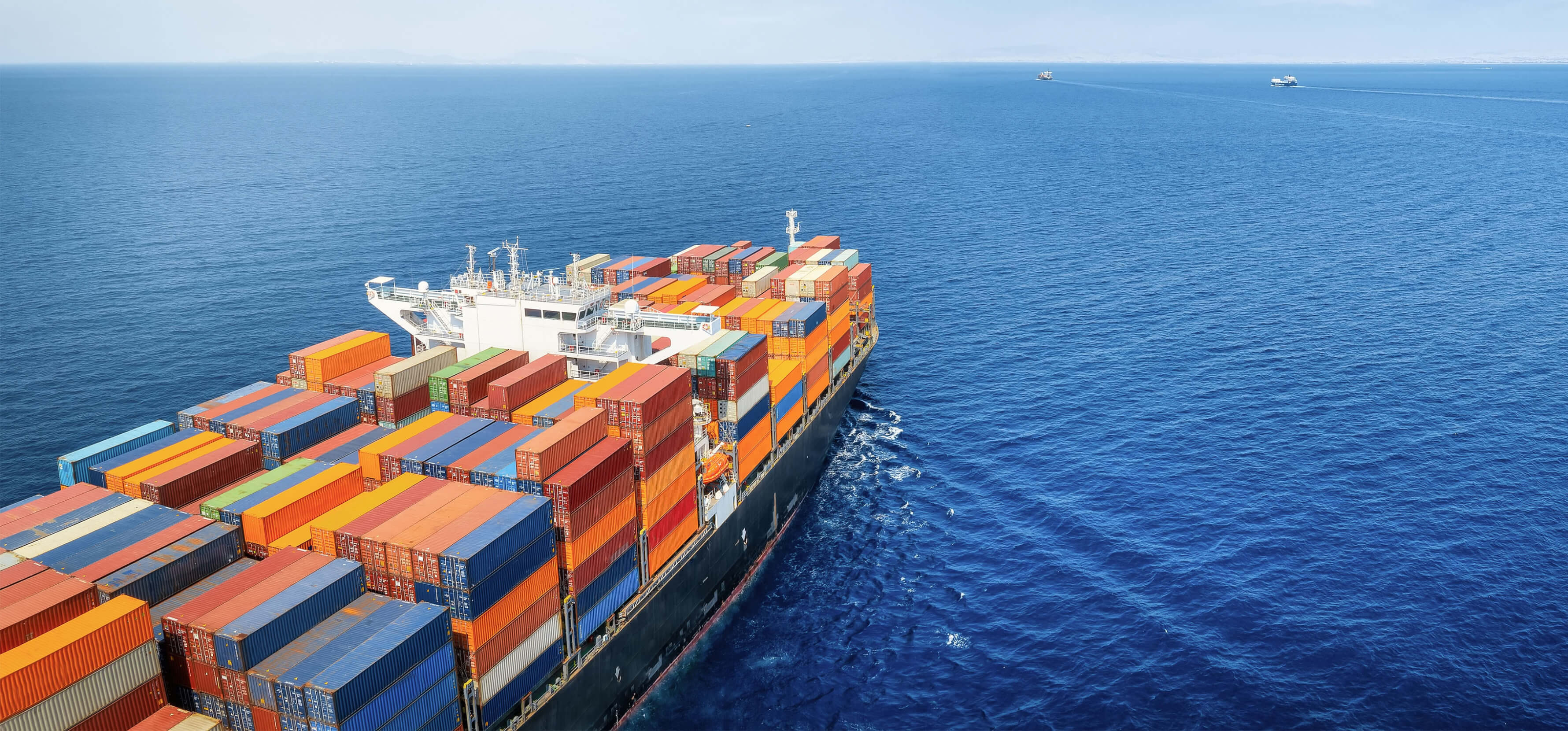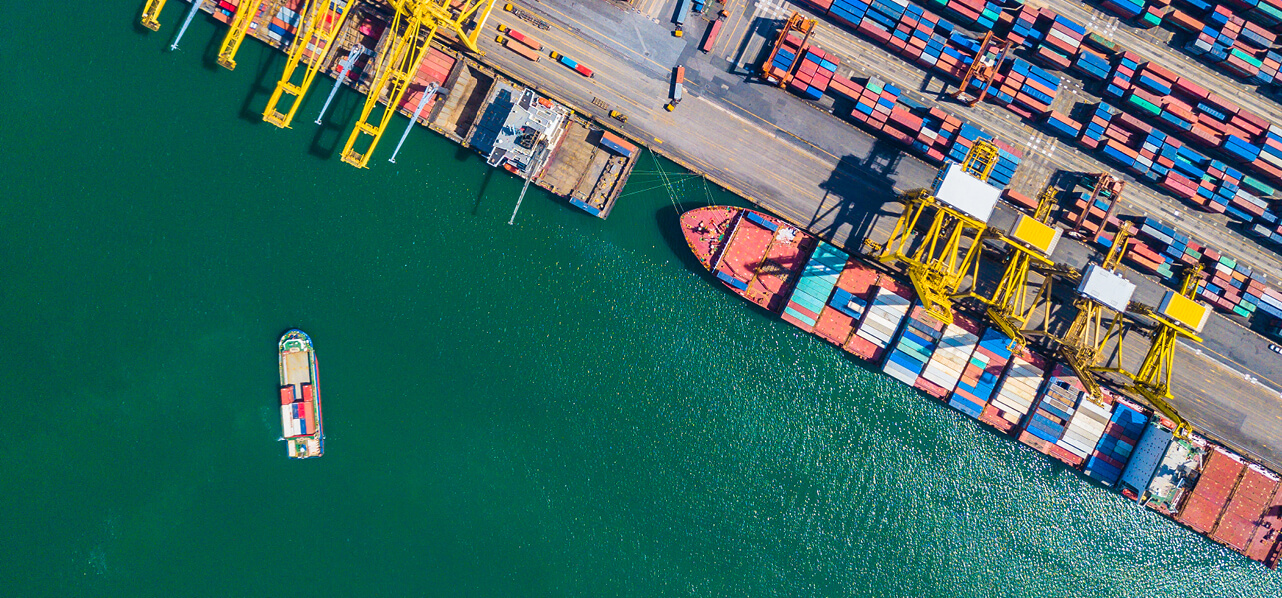Counsel London
"Shipping companies required to submit their Fuel EU Monitoring Plans by 31st August 2024."
EU ETS and MOHAs
Shipping companies will be required to surrender their EU ETS allowances for the first time on 30 September 2025. For an analysis of the commercial and legal implications of EU ETS for shipowners, managers, charterers and other maritime participants see here and here. Against this backdrop, little progress has been made with the opening of Maritime Operator Holding Accounts (“MOHAs”) with only 940 or so MOHAs having been opened by shipping companies thus far¹. We understand that registries in various member states are struggling to manage the large volumes of applications that have been made. The fact that the EU ETS has only been partially implemented in member states (only a handful have so far implemented the EU ETS Directive 2023/959) does not help and the lack of understanding amongst registry staff of the complexities of the maritime industry stands as perhaps the biggest hindrance to the timely and effective opening of MOHAs. With this in mind, WFW has both prepared bespoke clauses to be inserted into charterparties, ship management agreements and MOAs and launched its own EU ETS/FEMREG risk management agreement in order to fill in the gaps that the regulations simply do not address (e.g., the EU ETS costs clause and dispute resolution mechanisms).
First Fuel EU deadline
In the meantime, importantly, the first of many compliance deadlines has just passed pursuant to FEMREG. FEMREG poses an even greater challenge due to its technically complex and pernickety nature with shipping companies required to submit their Fuel EU Monitoring Plans by 31st August 2024 (see our insight here). The European Commission has now released the long awaited FuelEU Monitoring Plan Template to assist with the submission (see here).
FAQs
"It is important to remember that these are guidelines only and not legally binding. Nor do they delve into the level of detail that many in the industry are seeking."
Whilst the European Commission (“EC”) has now published FAQS for both EU ETS and FEMREG, it is important to remember that these are guidelines only and not legally binding. Nor do they delve into the level of detail that many in the industry are seeking. With a view to shedding more light on the missing detail and particularly on the scope and mechanics of both EU ETS and FEMREG, WFW has prepared a compliance toolkit consisting of a compliance deadlines checklist; and a table of exemptions that apply under both EU ETS and FEMREG (which you can download here), as well as bespoke EU ETS and FEMREG clauses and agreements. It is important for shipping companies and their investors to be alive to these deadlines as well as to the exemptions when assessing applicability and preparing their compliance strategies.
Exemptions
The list of potentially available exemptions is far from straightforward. Whilst some apply under both EU ETS and FEMREG, others may only be available under one or the other. WFW’s checklist table covers all the available exemptions and divides them into three categories: (1) vessel size and class; (2) voyage types; and (3) maritime activity and ports of call. It can be particularly daunting to work out what constitutes a “small island” exemption, or that of an “Outermost Region”. Six exemptions are available under (1); ten exemptions are available under (2) and (3). You can view the table of exemptions by downloading our Compliance Toolkit here.
Key Compliance Deadlines
We have also prepared an EU ETS and FEMREG Compliance Deadlines Checklist to assist the industry with their internal planning and budgeting strategies. To access our EU ETS and FEMREG Compliance Deadlines Checklist, download our Compliance Toolkit here.
London Trainee Anna Clarke also contributed to this article.
Footnotes
[1] Full list of MOHAs available here
Key contacts
Counsel London
Partner London





